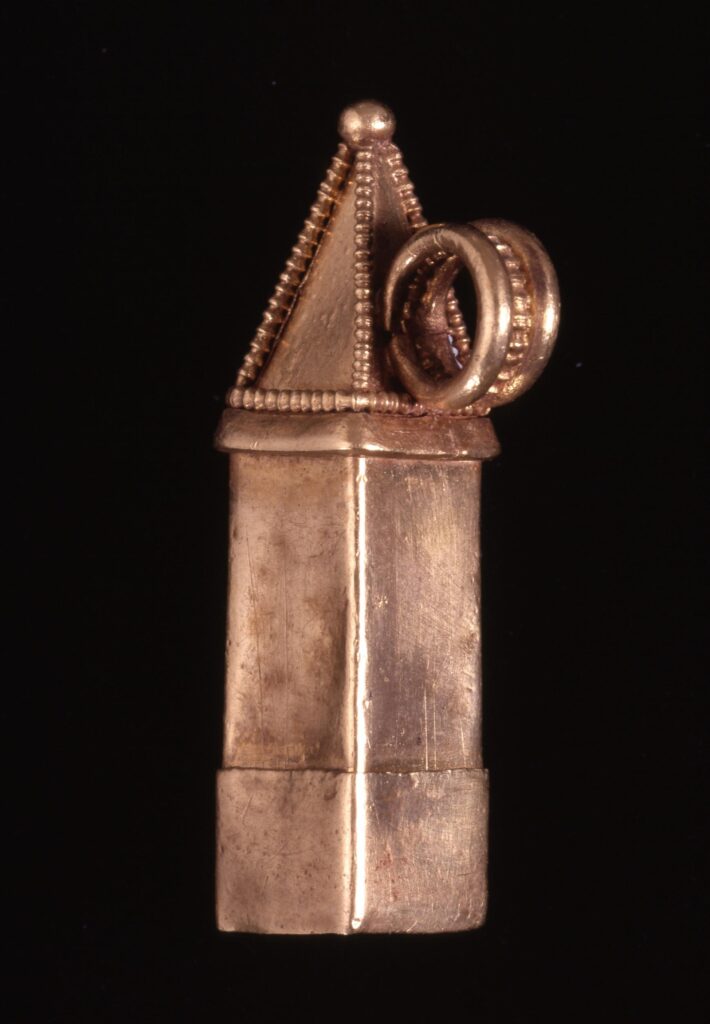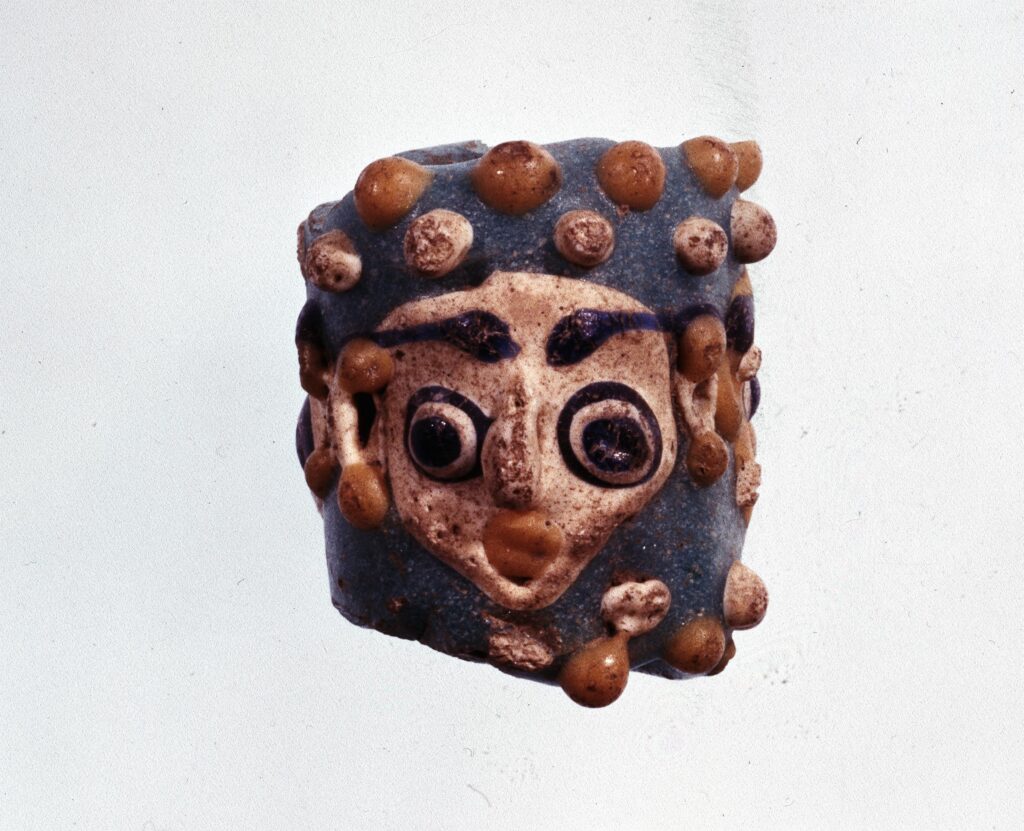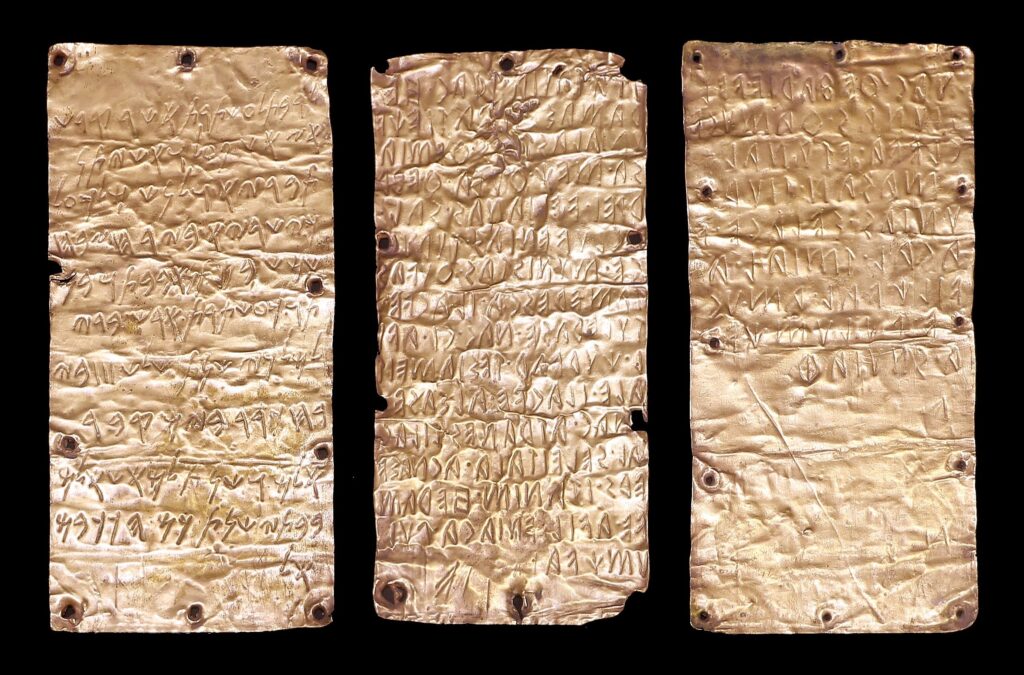Reel back in time by discovering the majestic Phoenician artifacts of the Phoenicians, known for their high influence in maritime trade in the ancient world.
One of the best ways to get an insight into the life of the ancient Phoenician civilization is through their priceless artifacts. From intricately crafted jewelry and pottery to impressive sculptures and architectural remains, these treasures have endured for thousands of years and continue to mesmerize us with their exquisite beauty and unparalleled sophistication. Preserving these relics is critical to our understanding of Phoenician civilization and its influence on the world. By studying and admiring these artifacts, we can gain a deeper appreciation for the ingenuity, creativity, and artistry of the Phoenician people and their contributions to human civilization. Descendants of the Phoenicians can pay homage to their forefathers by visiting archaeological sites and museums, where they can witness a glimpse of history firsthand. For history buffs, we have compiled a list of remarkable artifacts to contemplate.
1. Pottery Biberon

2. Poorly Made Amulet with Blue Glaze

3. Gold Amulet-Case in the Form of an Obelisk

4. Rod-Formed Glass Bead 4-3 BCE

5. ‘Deity on the crocodiles’ Steatite Amulet

6. Phoenician Ivory Distaff

7. String of Seventeen Beads and Amulets

8. Phoenician Silver-Gilt Bowl

9. The Pyrgi Tablets

10. Copper Alloy Statue of Harpocrates

Ignite your personal growth journey with our handpicked collection of inspiring content. Sign up now for a life-changing dose of motivation and wellness.






